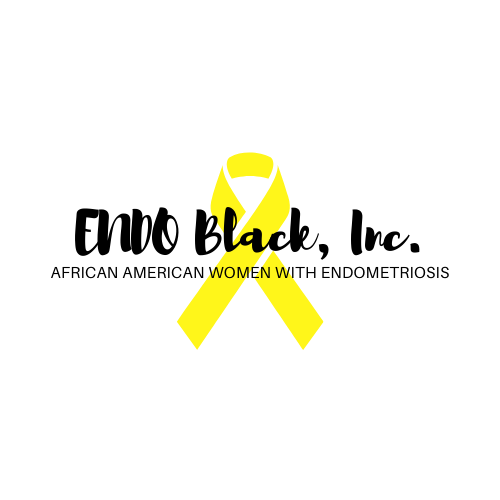Post-Diagnosis
On March 18, 2011, I was diagnosed with endometriosis, a rare disorder that affects more than 200,000 people (mainly women) per year. Endometriosis occurs when tissue that normally lines the uterus grows outside the uterus. Basically, the stuff (endometrial tissue) that women shed during their menstrual cycle each month doesn't leave the body entirely and ends up in other areas such as ovaries, fallopian tubes, surface of the uterus, cervix and even the bowel and bladder. The endometrial tissue that stays in the body is called endometrial implants or lesions.
There are four stages of endometriosis. No real cure has been discovered and it's non-cancerous and non-contagious. The stages of endometriosis aren't related to the symptoms, and the symptoms differentiate from person to person so it’s hard to identify. Common symptoms may include pain, cramping and/or pain during sex, infertility, fatigue, nausea, constipation, and heavy or abnormal periods.
All of this would explain why I felt like such a crappy, mean and lazy person. In essence, I was going through a period every day. My body was trying to flush out the lesions, but they had a mind of their own. Endometriosis can also be linked to pelvic inflammatory disease, fibroids, chronic fatigue system, fibromyalgia and ovarian cysts.
My body has gone through a war and I have the scar wounds to prove it. I sat with my doctor about a month before going over my symptoms and telling her my concerns. She mentioned that she was certain endometriosis was the cause. At 22 years old, I would have my very first experience with this disease. Since then, I’ve been in and out of the hospital, trying to track down doctors who knew about endometriosis, focusing on dietary changes, dealing with hot flashes, passing out, and so much more. I didn’t sign up for this and I was exhausted.
But this was the hand that I was dealt.
